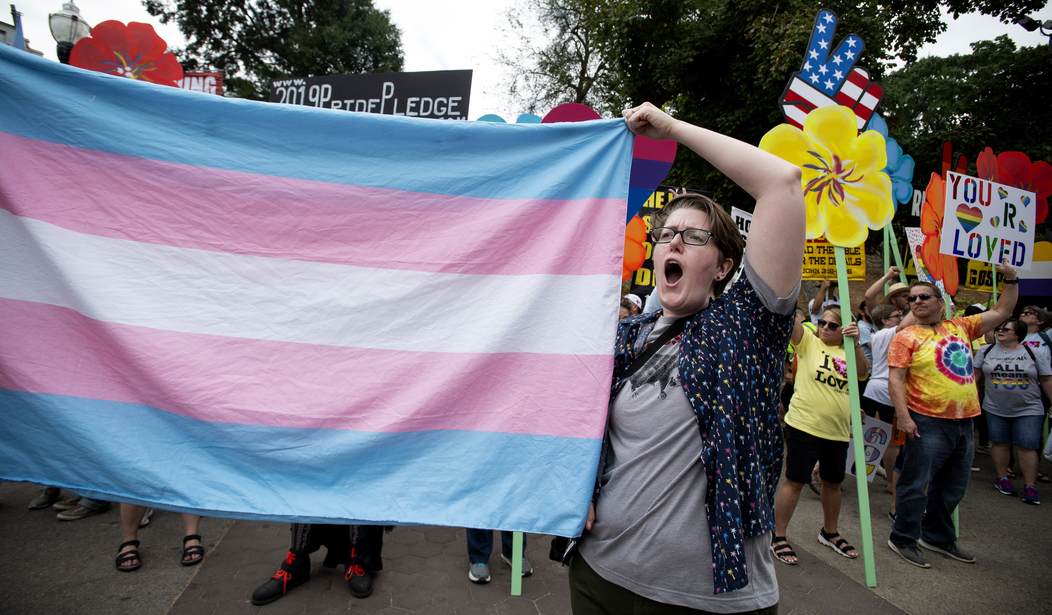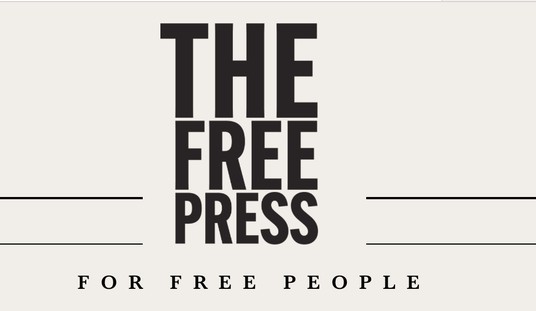A professor of political science named Eric Kaufmann has just published a report which claims trans identification among young Americans has declined sharply in the past two years. The report found that trans identification peaked in 2023 and has dropped by roughly half since then.
The Foundation for Individual Rights and Expression (FIRE), which conducts a large annual survey of US undergraduates, polled over 60,000 students in 2025. My analysis of the raw data shows that in that year, just 3.6% of respondents identified as a gender other than male or female. By comparison, the figure was 5.2% in 2024 and 6.8% in both 2022 and 2023. In other words, the share of trans-identified students has effectively halved in just two years.
The decline seems especially sharp at elite schools in deep blue cities and left-leaning universities.
This trend is especially marked in elite institutions. Andover Phillips Academy in suburban Boston surveys over three-quarters of its students annually. In 2023, 9.2% identified as neither male nor female. This year, that number has crashed to just 3%. A similar story emerges at Brown University: 5% of students identified as non-binary in 2022 and 2023, but by 2025 that share had dropped to 2.6%.
Here's what the data from FIRE, Brown and Andover looks like.
1/ NEW: trans identification is in free fall among the young
— Eric Kaufmann (@epkaufm) October 14, 2025
(h/t @FIRE data in particular) pic.twitter.com/i0Z1BNcWG8
Another finding is that whereas freshman used to be more likely to identify as trans or non-binary, they are now less likely.
Interestingly, when the trans and queer trends were at their peak, freshmen were more likely to be non-conforming in their gender and sexuality than seniors. Now that BTQ (bisexual, trans, queer or questioning) identification is in decline, the reverse is true: younger students are less BTQ than older students in their colleges. This is a sign that fashions are changing.
Here's what that looks like. In this graph, the right-most side of each line represents freshmen. As you can see, the trend in 2022 and 2023 is toward more non-binary identification. But by the 2025 survey (the black line) the trend is the other direction.
3/ Not only this, but freshmen in 2024-25 were less trans and queer than seniors whereas it was the reverse when BTQ+ identity was surging in 2022-23.
— Eric Kaufmann (@epkaufm) October 14, 2025
This suggests that gender/sexual non-conformity will continue to fall. pic.twitter.com/pTW3HcRIhU
The obvious question about all of this is why. Why is trans identification dropping now? Professor Kaufmann considers several possibilities. Did students become less woke (wokeness correlates with trans identification)? More religious? The answer to both questions appears to be no. All of those factors seem relatively stable.
4/ What explains the sudden reversal of trans and queer? It’s not because the kids became less woke, more religious or more conservative.
— Eric Kaufmann (@epkaufm) October 14, 2025
Those beliefs remained stable throughout the 2020s. pic.twitter.com/7GaSpfvATY
One factor that seems to have some impact is mental health, which has improved in the last couple years.
...while improved mental health does not adequately account for the decline in BTQ+ identification, it does appear to account for a portion of the change. How so? Figure 16 inverts data from the previous chart to look at the non-binary share by mental health category. While the trans share falls across all mental health categories, it declines less among those who are depressed. In fact the non-binary share of depressed students actually rose between 2024 and 2025, from 10.8 to 11.6 percent. Among those who are anxious it falls 3 points and among the mentally healthy, the decline in trans identification is 2 points...This means that part of the decline in trans identification was compositional, arising because there were fewer students with anxiety and depression in 2025 than in 2023.
Ultimately, the report says the reasons for the timing of this shift are unclear. Kaufmann says the shift appears most similar to the fading of a fashion.
8/ The fall of trans and queer seems most similar to the fading of a fashion or trend. It happened largely independently of shifts in political beliefs and social media use, though improved mental health played a role. pic.twitter.com/KCKzrO3hYc
— Eric Kaufmann (@epkaufm) October 14, 2025
Lots of fads pick up steam for a time and then get old. Maybe that's what we're seeing happen here.







